Indian Ringneck Parakeet Bluffing
One of the more dramatic behaviors exhibited by Indian ringnecks is a tendency to engage in bluffing displays. Unlike some parrot species that are overtly aggressive, Indian ringnecks rely more on posturing and vocalizations to establish dominance and defend territory. This is an elaborate form of deception used to manipulate the behavior of other birds by appearing dangerous and intimidating.
Bluffing allows ringnecks to avoid risky physical confrontations, preserve energy, and reduce potential injuries from real fights. It is a complex social skill requiring strategic signaling tailored to specific scenarios. While bluffing behaviors may seem extreme to human observers, it is an essential part of communication for these highly intelligent birds.
Read Next: When Do Indian Ringnecks Get Their Ring?
Reasons for Bluffing
Indian ringnecks have a diverse repertoire of bluffing behaviors that serve a variety of purposes:
Territory Defense
- Male ringnecks use bluffing to protect nesting sites, food resources, and roosting areas from intruding birds. Puffing up feathers, spreading wings and screaming loudly can scare off potential competitors.
Courting Displays
- Males will also bluff to showcase their fitness to prospective mates. By presenting themselves as fierce and brave, they hope to impress females during the breeding season.
Reaction to Threats
- Bluffing signals alertness to predators like hawks or mammals. An aggressive front communicates readiness to defend against possible attack.
Establishing Dominance
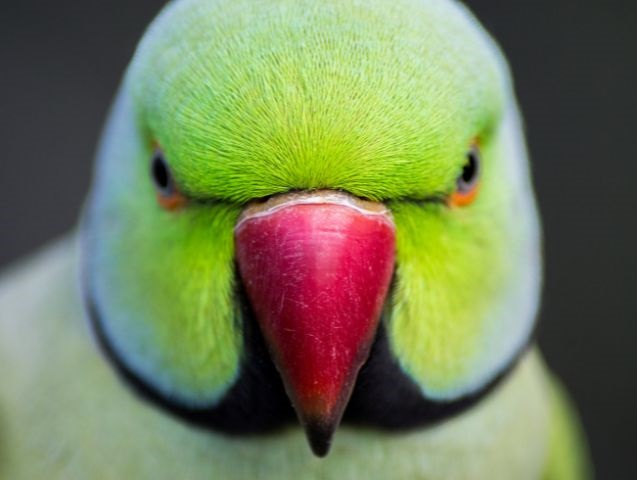
- Higher-ranking birds use dramatic bluffing to exert their status over subordinate members of the flock. This helps maintain social order without dangerous fights.
Warning Signals
- Bluffing episodes put other birds in the area on high alert. The noise and displays indicate imminent danger, even if a true threat isn’t present.
These strategic reasons make bluffing an essential social adaptation for Indian ringnecks despite the exaggerated theatrics involved. Understanding the purpose behind this behavior helps bird owners respond appropriately.
How Ringnecks Bluff
Indian ringnecks have an extensive bluffing repertoire that makes them appear much larger and more dangerous than they truly are:
Feather Fluffing
- Birds will fluff up head feathers to create an imposing ruff or crest around their neck and cheeks. This amplifies their silhouette.
Wing Spreading
- Fully extending and forcefully shaking their wings increases their apparent wingspan.
Tail Fanning
- Ringnecks fan their tail feathers into a broad plumage display for a larger profile.
Hopping
- Bluffing birds often engage in aggressive short hops towards their opponent with wings still spread wide.

Hissing/Lunging
- Vocalizations like hissing along with lunging forward with an open beak add to the dramatic threat display.
Stare Downs
- Unwavering, intense direct eye contact further unnerves the challenger.
Loud Vocalizations
- High energy screams, shrieks, and squawks complement the visual posturing.
When Bluffing Occurs
Ringneck parakeets exhibit increased bluffing behaviors under certain conditions:
- Peak breeding season, when competition for mates and nesting sites is high
- Introduction of new birds, to establish a hierarchy with unfamiliar ringnecks
- Territorial disputes, when ownership of areas like nesting sites or perches are contested
- Around the nest, to protect eggs and chicks from perceived danger
- When novel objects appear suddenly in their environment, triggering a wary response
- During handling by owners, as they dislike being picked up against their will
Bluffing is communicating critical social information related to breeding, territory, resources and social order. While it appears aggressive, bluffing is generally a harmless facet of ringneck behavior when interpreted correctly.
Bluff vs Real Aggression
While bluffing may seem intensely aggressive, there are key differences from real hostile attacks:
- Bluffing relies on visual displays rather than physical contact. Real fights involve grasping, tumbling, and biting.
- Bluffing incidents end quickly without resolution. True aggression persists until dominance is established.
- Injuries are rare from bluffing posturing. Real attacks often lead to wounds, especially around the head and eyes.
- Bluffing is reactive, while real aggression shows intent to harm.
- Bluffs are meant to avoid fights, whereas real attacks aim to escalate them.
Observing these distinctions helps owners understand when intervention is necessary.
Tips for Discouraging Bluffing
While bluffing is natural ringneck behavior, excessive bluffing can be disruptive. Here are some tips to discourage it:
- Provide ample space and resources to reduce competition and territoriality.
- Reduce breeding behaviors by regulating light exposure and access to nesting areas.
- Promote a harmonious flock with compatible personalities and appropriate ratios.
- Carefully supervise introductions of new birds.
- Ignore minor bluffing to avoid reinforcing the behavior.
- Train your bird to step up onto your hand or a perch to offset territoriality.
- Remove novel or intrusive objects that seem to trigger bluffing.
- Avoid challenging or startling your bird during bluffing episodes.
Read Next: Are Indian Ringneck Parakeets Good Pets?
Conclusion
While bluffing displays seem dramatic, they are generally harmless communication for Indian ringnecks. The strategic posturing helps them conserve energy and avoid real fights. Recognizing the complex purposes behind this behavior will help bird owners respond appropriately and discourage excessive bluffing through proper training and care. With the right environment, ringneck parakeets can live harmoniously without the need for elaborate bluffs.

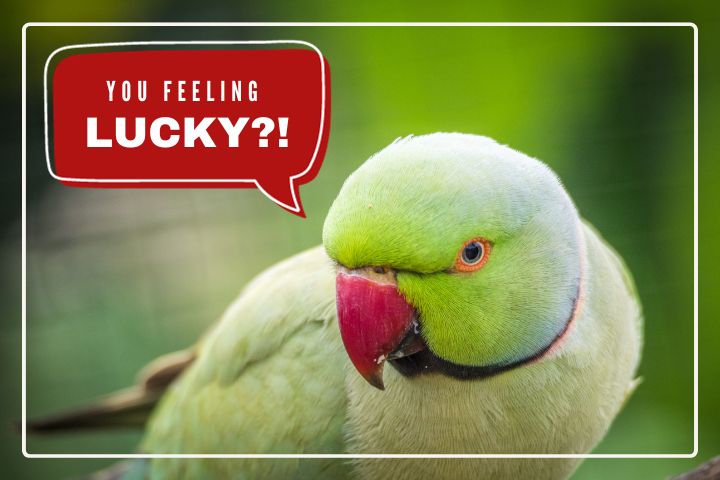
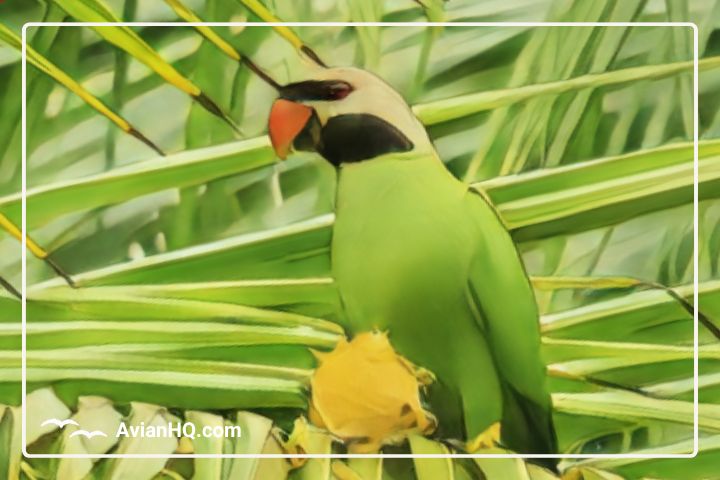
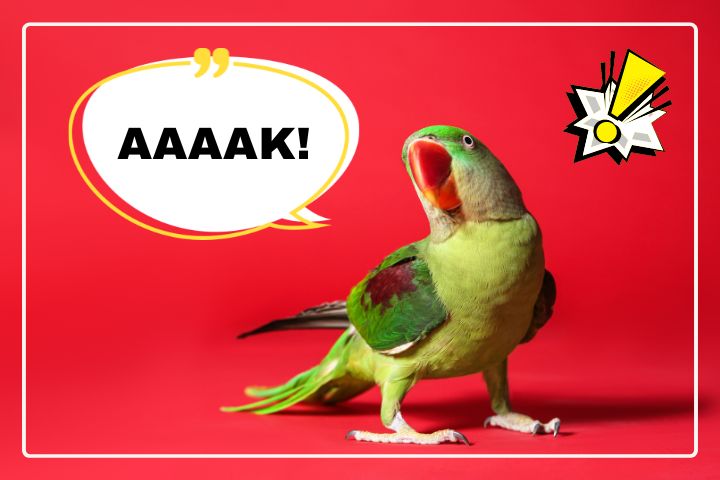
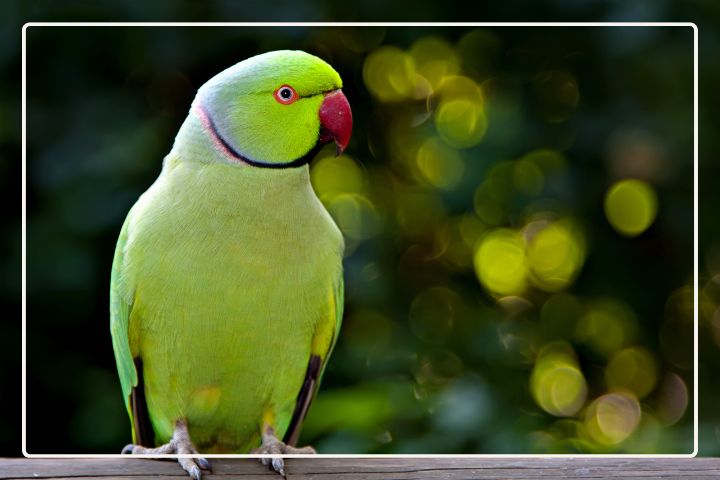



Hi, just required you to know I he added your site to my Google bookmarks due to your layout. But seriously, I believe your internet site has 1 in the freshest theme I??ve came across. It extremely helps make reading your blog significantly easier.